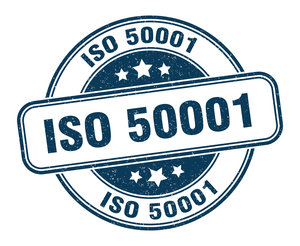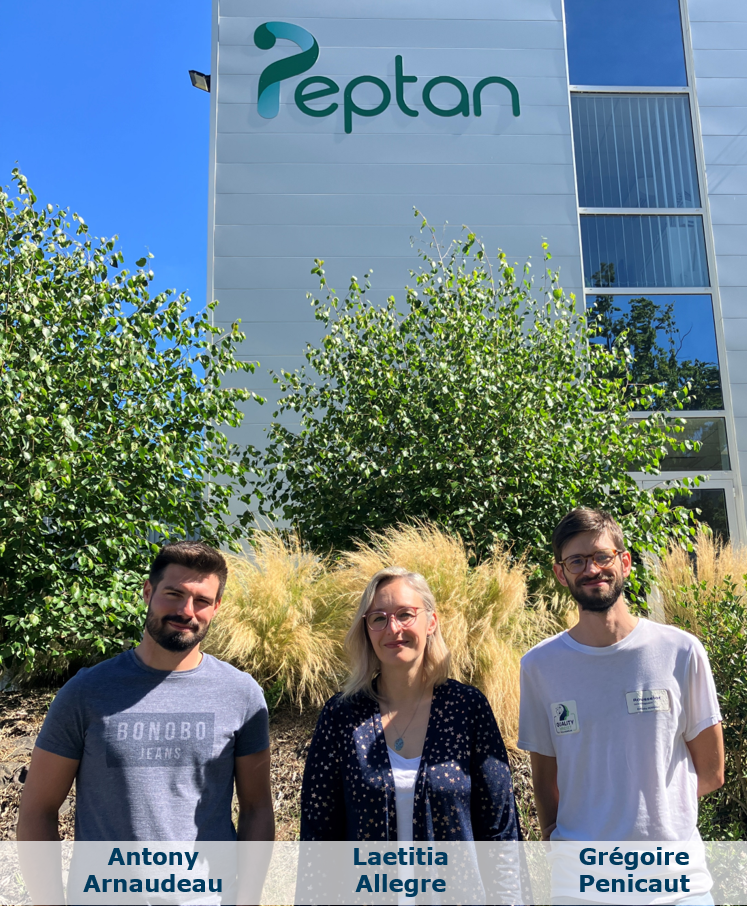An energy transition certificate

The ISO 50001 standard governs energy management, ensuring that it is effective on both the economic and ecological levels. Energy production today, especially in industries, is a major source of CO2 emissions. Energy also costs a lot of money. Against this backdrop, the 50001 standard aims to encourage the transition towards what the ISO calls ‘better consumption’. The ISO 50001 scheme helps companies develop a more efficient and structured energy policy, to use data for understanding and improving energy management, and to continually improve energy performance through a ‘plan-do-check-act’ approach.
More structure, better results
Striving to optimize the plant’s energy performance, our colleagues at Angoulême have launched numerous energy-reducing projects. With ISO 50001, their aim is to boost this approach to energy conservation. According to Mikael Dollo, Plant Manager at the time of certification, ‘We knew we could structure our efforts more and further improve performance.’
Every action counts
The certification trajectory began in 2020 with the creation of a three-person task force: Antony Arnaudeau, maintenance manager & energy referent; Grégoire Penicaut, production manager; and Laetitia Allegre, purchasing manager and ISO 50001 project manager. Ten other team members were involved in the direct line.
‘Beyond that, this was clearly a plant-wide project, with every single person in the plant being involved in some way,’ notes Mikael. A comprehensive communication plan helped all the staff members to develop a shared energy mindset based on the conviction that each action, even the smallest, counts towards achieving our goals.

Taking steps towards ISO 50001
To better understand energy consumption at the plant, the project included an analysis of the different energy uses on the site, and, in particular, the Significant Energy Uses (SEU). This helped the team to prioritize the main uses and work on them. Next, the team came up with a three-point action plan:
- Define different actions related to energy use, and estimate potential savings;
- Adopt new actions;
- Evaluate and implement corrective actions for objectives not reached.
One example of this process is the gelatin drying stage: it’s energy intensive, so to reduce consumption by 8% by the end of 2022, various actions have been identified and implemented.
A first for Rousselot
After an on-site audit conducted on March 22 and 23 2022, Angoulême was certified under the ISO 50001 standard – the first Rousselot plant to achieve this. The certificate confirms that Angoulême has established a more effective energy policy, based on achievable methods, clear goals, and stronger communication. The efforts have reduced electricity and gas consumption too. In the words of Laetitia Allegre, ISO 50001 project manager, ‘We now have good energy performance indicators, and we measure progress on a daily basis. Every Monday, we precisely assess the evolution of our energy consumption.’ Certification lasts for three years, after which there will be a renewal audit.
Committed to reducing energy consumption at Rousselot
The Angoulême certification aligns Rousselot’s broader energy conservation targets. Between 2012 and 2022, we reduced energy consumption by 20%; now, we continue to reduce it in the best possible ways.
These efforts are in line with the United Nations’ 12th Sustainable Development Goal to ‘ensure sustainable consumption and production patterns’. Our parent company Darling Ingredients has led the way through impressive energy-saving targets, with CEO Randy Stuewe aiming to take Darling Ingredients toward carbon neutrality by 2050. With plants like Rousselot Angoulême prioritizing energy management through this certification, we are on the way to reaching our goals and ensuring a more sustainable production process.
